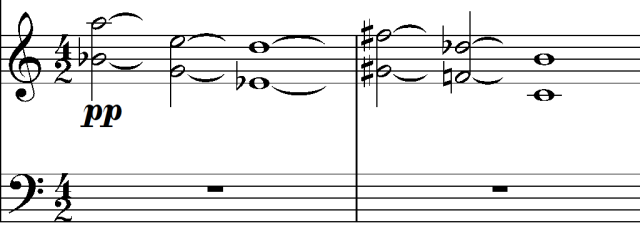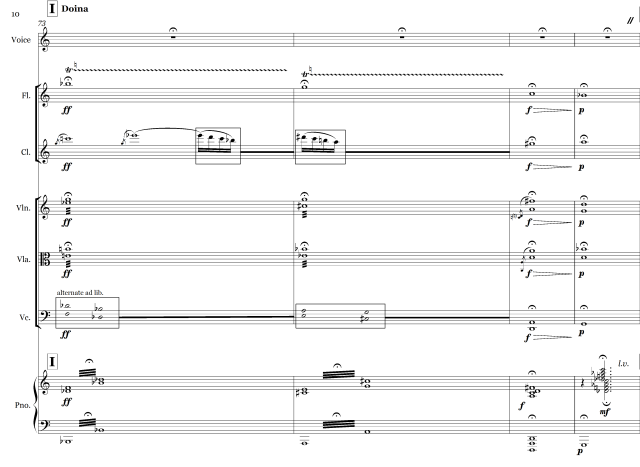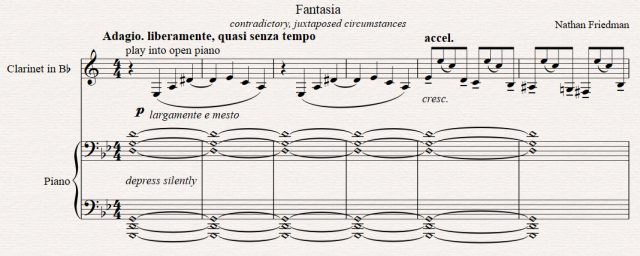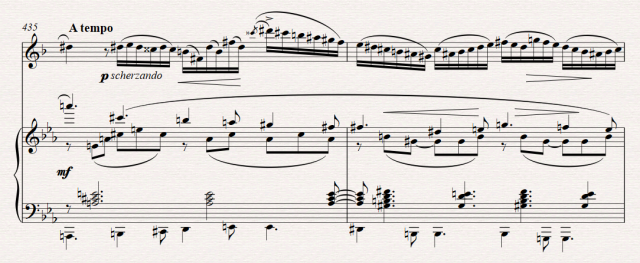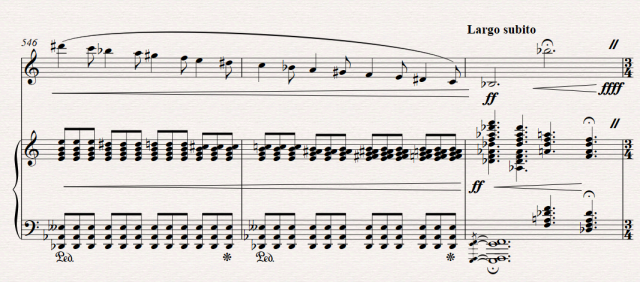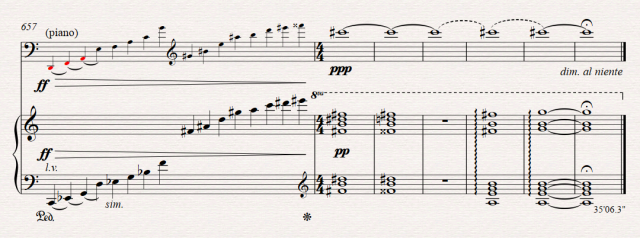After I finished reading the complete fiction of Ursula Le Guin at the beginning 2020 (which I still need to write about), I decided to reread Frank Herbert’s Dune series in anticipation of Denis Villeneuve’s new adaptation. With the COVID-19 pandemic and the film’s release being delayed a year, I opted to read the rest of his fiction as well, which I finally completed towards the end of December 2021.
While every author has their ups and downs, Frank Herbert’s seem to be more extreme than most. Dune is a towering achievement, of course, and several of his other books show the same level of imagination and attention to detail, but in the 60s Herbert published several half-baked novels that he had completed earlier (most likely in an attempt to cash in on Dune’s success). In addition, few authors have ‘enjoyed’ so many posthumous publications, many of which probably should have stayed unpublished (not to mention Brian Herbert and Kevin J. Anderson’s additions to the Dune canon, which I will discuss later). This unevenness makes Herbert’s legacy somewhat difficult to evaluate, so I will give brief overviews of each of his works before I attempt to sum it up. Bear in mind that it has been almost two years since I read the Dune series and up to a year for many of the other books so my memory is not particularly fresh. I will attempt to avoid spoilers where possible.
Dune Series
Dune
So much has been written about Dune since the release of Villeneuve’s adaptation that I will not write much here. This was my third reading of Dune, I think about 15 years after the last time I read it, and I noticed a lot more foreshadowing of the events that take place after the novel (particularly those that heavily undermine any ‘white saviour’-type critique). There is some dispute about whether or not Herbert planned to incorporate Dune Messiah as a third part of the original novel, but those claims seem much more plausible after this reread. While Dune’s story is certainly quite generic in structure, its political themes are significantly less clear than when it was written, and some of its other aspects (the obvious homophobia in its depiction of Baron Harkonnen, etc.) have aged poorly, it is still a gripping read. Herbert clearly spent a great deal of time and effort creating the novel’s universe, and reveals the details in a very organic way, often providing no more information than necessary for the reader to understand, unlike a lot of heavy-handed world-building in more recent science fiction. This style does make it more challenging on a first read, but heavily rewards rereading. One thing is for sure: Dune is one of the most quotable (and memeable*) novels I have read.
*Dune Sietchposting is one of the best Facebook meme groups in both content and atmosphere.
Dune Messiah
This novel is much more character-driven than the first, and it begins to add the much stranger elements that dominate the later books of the series, making it somewhat less accessible, but I think reading Dune Messiah is essential for anyone who wants to understand the themes of the first novel. Herbert shows the emptiness that comes with power and success, and how even those who seem to be in power are beholden to larger systemic forces. His prose is very effective at conveying the novel’s atmosphere of decay and, ultimately, resignation.
Children of Dune
This book reminded me a great deal of the first volume in structure as well as in tone. Like Dune it has its Saturday Morning Cartoon-style villain with a complex plot of betrayal, but its protagonists are far less naïve than Paul. The prescience-soaked, increasingly psychedelic language towards the end is even more intense than at the equivalent part of Dune, leading to Herbert’s simultaneously worst and best neologism, “he felt an adult beefswelling in his loins.” Overall, Children of Dune felt a bit redundant, but the latter part of the novel is important to set up the remainder of the series.
God Emperor of Dune
Most readers of the series stop before they reach this point, and for good reason: this book is approximately 80% political dialogue. That being said, God Emperor of Dune is likely the clearest distillation of the overall theme of the series (and of much of Herbert’s work), namely the danger of charismatic authority figures. Despite its heavy subject matter, this book is as quotable as the rest of the series, but is mostly very, very strange: Paul’s son Leto II has transformed himself into a prescient biologically immortal 5 metre-long part man, part-sandworm that has ruled the galaxy for 3500 years. If you can get past that premise, it can be a rewarding experience.
Heretics of Dune
This book is much more of a sci-fi thriller than the rest of the series. It takes place another 1000 years after God Emperor of Dune, and things are once again very different from the earlier books of the series. Several planets from earlier volumes return as settings, but under different names, and powerful organizations like the Bene Gesserit return with very different roles and motivations. It sometimes feels a bit alienating because of its overall lack of connection to the story thus far, but Herbert creates several new characters that are nearly as compelling as those from the first few volumes are. Interestingly, many of them are elderly women with well-rounded personalities, which is far better than the female representation in the rest of his work (or most sci-fi up to the mid-80s when Heretics of Dune was published). That being said, he also introduces the Honored Matres in this book, which are a sort of bizarro Bene Gesserit who enslave men with weird sex stuff, so he can only get so much credit.
Chapterhouse: Dune
This might be my favourite in the series after the original, but for very different reasons. It is a direct sequel to Heretics of Dune, but is mostly a much slower-paced book. Its first part is a nostalgia-tinged reflection on loss, as the Bene Gesserit give up their beloved home world Chapterhouse in order to create a new Arrakis. Many characters return from the previous volume and are further developed. It does eventually lead to a thrilling climax, but ultimately ends on a cliff-hanger where Herbert teases a threat even larger than the Honored Matres that would feature in the sequel he was unable to write because he died shortly after Chapterhouse: Dune was published. In short, like Dune Messiah, this book is somewhat frustrating, but it is beautifully written and contains some of Herbert’s best character development
A Note on the Dune Sequels
I read Brian Herbert and Kevin J. Anderson’s various prequels to the Dune series years ago, and I found them very pulpy, with a lot of gratuitous sex and violence (much less artfully depicted than in the main series), but overall a fun exploration of the lore behind the series. The authors claim to be working from Frank Herbert’s notes, but I highly doubt much of what is to be found in these prequels came from them if they exist. The prequels may be alright, but I thought the sequels were horrendous. I finally read Hunters of Dune and Sandworms of Dune for the first time after the rest of the series in mid-2020, and they were some of the laziest-written books I have ever encountered, with highly arbitrary plot twists, essentially no character development, and absolutely no trace of Frank Herbert’s well-structured and often beautiful prose. Some of the ideas are very juvenile and not well thought out. For instance, they feature genetically modified sandworms that live in water called seaworms that produce “ultraspice”. I originally decided to read them because I wanted some kind of resolution to the story, but I can now assure everyone that a cliff-hanger is a much better way to end the series than this garbage.
